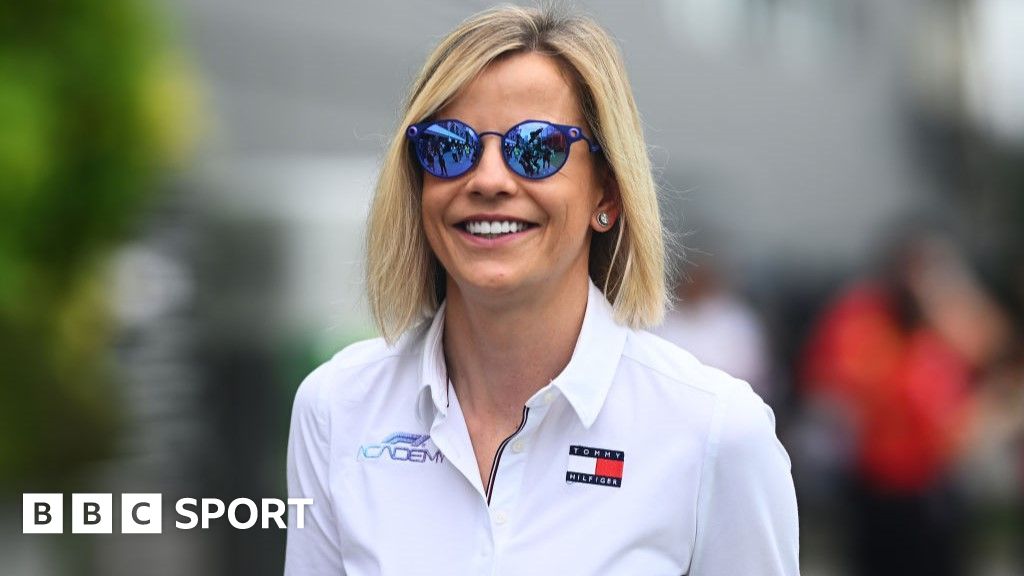The Rise of Women in Formula 1 Racing
The Journey of Women in Formula 1
The history of women in Formula 1 is scattered with trailblazers, but consistent representation has been elusive. Since the groundbreaking days of Maria Teresa de Filippis, the first woman to compete in Formula 1 in 1958, only a handful of women have followed. Most notably, Lella Lombardi scored half a point in the 1975 Spanish Grand Prix, but since then, female participation has dwindled.

Despite the historical challenges, there is renewed hope. The push for diversity within the sport aims to break existing barriers, offering women not just roles behind the scenes but at the forefront as drivers.
Key Initiatives for Change
Susie Wolff, a former professional racer and team principal, has been a leading advocate for women in motorsport. She launched the Dare to Be Different campaign, focusing on inspiring the next generation and offering women unique opportunities in racing. This initiative works parallel with the FIA's Girls on Track program, reflecting a collaborative effort to change perceptions and provide tangible pathways into Formula 1 for women.
Susie Wolff stated, "In 10 years you’ll see a woman starting an F1 race. The talent is out there, and it's just a matter of providing the right opportunities."
The Role of Technology and Innovation
Technology has always played a crucial role in Formula 1, and its impact on driver development is increasingly significant. Simulators and eSports represent new avenues for talent discovery, offering accessible platforms for women to showcase their skills. These innovations are vital in bringing more diverse talent into the fold.
- The emergence of eSports sim racing.
- Accessible racing simulators for women drivers.
- Enhanced training programs specifically for female racers.
The Importance of Representation
Representation in Formula 1 is crucial not just for the sport’s diversity but also for inspiring young women globally. According to the McKinsey & Company report on diversity, organizations with higher diversity see increased innovation and financial performance. Applying these principles to Formula 1, the benefits are not limited to the track but extend to audience engagement and business opportunities.
Explore more about diversity's impact on McKinsey's insights.
Future Prospects and Training Programs
The groundwork laid by current initiatives promises a brighter future for women in motorsport. These programs are designed to identify, nurture, and promote female driving talent. A broader array of scholarships and karts-to-F1 pathways is crucial in leveling the playing field.
For those interested in learning more about the progression opportunities, volumes of insightful literature and documentaries are available. Prospective racers and fans can enhance their understanding by watching the WTCR: All Access Women in Motorsport on YouTube.
Looking ahead, the next decade is poised to herald transformative shifts in the gender dynamics of Formula 1. With persistent advocacy, strategic initiatives, and growing visibility, the dream of seeing women start a Formula 1 race is becoming increasingly tangible. As efforts continue, stakeholders in the sport are reminded that unwavering commitment to inclusion will ultimately drive Formula 1 towards greater heights.
For further reading, consider these inspiring books on women breaking barriers in sports: Women in Sports: The Changing Game and Grit & Grace by Chrissy Weingarten.
